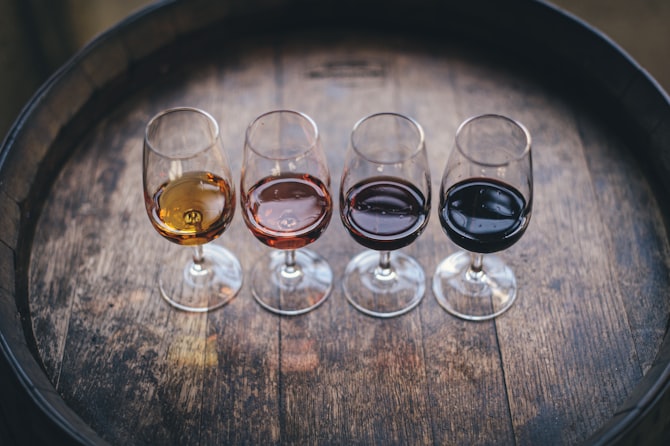Spanska viner har ett internationellt nyhetsbrev. Senaste och mycket intressanta informationen är om ett forskningsprojekt där skördade druvor bestrålats med ultraviolett ljus innan de gått vidare till press och jäsning. Resultat visar bland annat på förhöjda värden av antioxidanter. Är vin på väg i samma riktning som andra livsmedel, de som kallas functional-foods? Spännande läsning är det och en tanke som slår mig är om konsumenter i framtiden kommer kunna välja vin alltefter personlig status. Välj inte vin bara utifrån maten du ska äta utan också om man ska ta hänsynt till högt blodtryck, (ö)känslighet för histaminer eller om man är i behov av en extra dos antioxidanter.
En stilla undran är också om jag exempelvis väljer att bara konsumera rött Europeiskt vin av årgång 2003, - ger det samma goda hälsoeffekt som ett artificiellt uppgraderat vin?
Här är pressmeddelandet: publicerat 09/30/2010
Rubrik: Andalusian research centre creates red wine enriched with antioxidants from UVC treated grapes
Underrubrik: Researchers at the Ifapa Rancho la Merced Centre in Jerez de la Frontera, Cádiz use ultraviolet light to irradiate grapes
A project funded by the Spanish National Agricultural Research Institute (INIA), carried out by researchers at the Ifapa Rancho la Merced Centre, has managed to make a red wine enriched with antioxidants from grapes irradiated with ultraviolet light. The treatment applied to the grapes, which is followed by a controlled vinification process, has given rise to a wine with a high resveratrol and piceatannol content, substances known for their antioxidant, anti-cancer and antihistaminic properties.
The project, coordinated by Dr. Emma Cantos Villar with a team formed by Raúl F. Guerrero, Belén Puertas, Maria J. Jiménez and Juan Cacho, compared the organoleptic results of wines made from three batches of grapes: the first was processed immediately after harvesting, the second was stored at 20º C after harvesting, and the third was subject to irradiation with ultraviolet-C light after harvesting then stored at 20º C. The vinification method used, although traditional, was aimed at extracting, from all three batches, the maximum amount of stilbenes, a group of substances to which both resveratrol and piceatannol belong. The wines which were made as a result of this process were finally judged by a panel of seven wine experts who applied the parameters they deemed most likely to be affected by the vinification process.
The results from the project, which have been published in an article in Food Chemistry magazine, revealed that the presence of resveratrol in the wine made from the grapes irradiated with ultraviolet light was three-times that of wine made from non-irradiated grapes. In addition, the irradiated wine also contained 1.05 mg/l of piceatannol, a substance not found in the other batches. As regards the conclusions relating to wine quality, the jury panel reported that no major differences were found between the final samples of the three wines, nor any significant changes in their organoleptic characteristics. The grapes which gave the best results were the native Jaén tinto and the Syrah varieties
The irradiation of grapes using ultraviolet-C light before submitting them to the vinification process has proved to be an effective method of producing wines with the added value health benefits of greater concentrations of resveratrol and piceatannol. According to Emma Cantos, the reason for the increase in both substances is due to the synthesis of stilbenes in the plant as a consequence of applying ultraviolet radiation.
Läs artikeln direkt i nyhetsbrevet.












